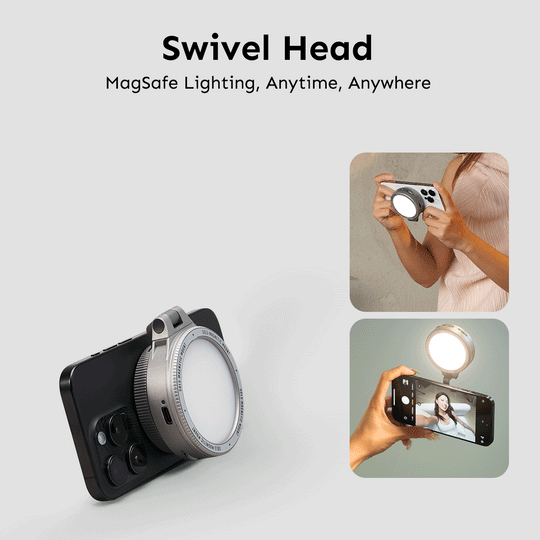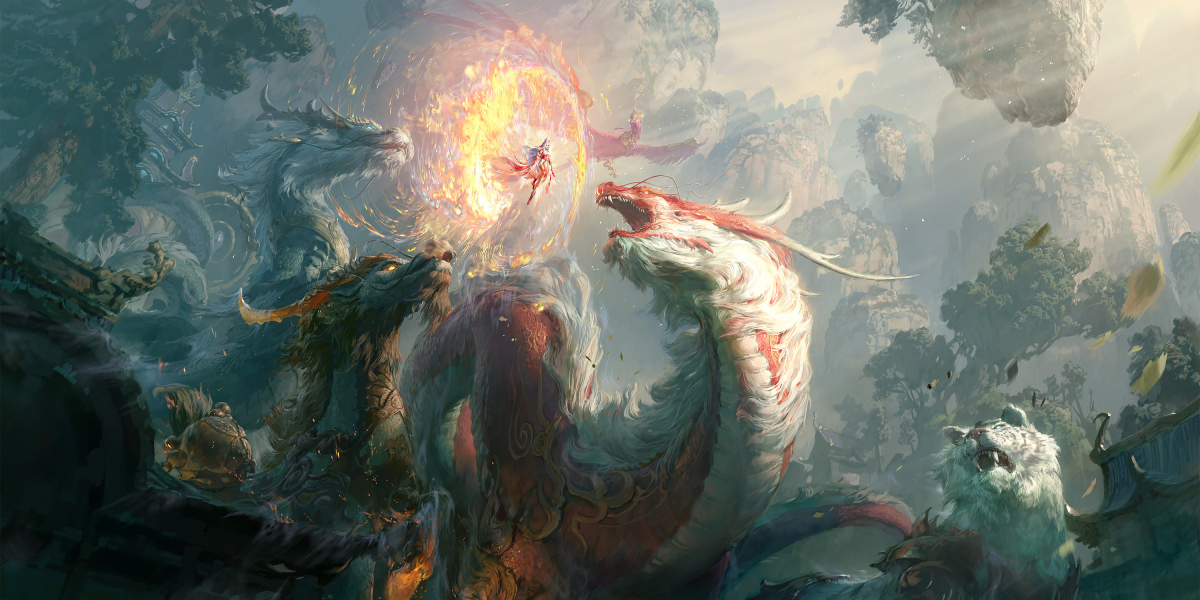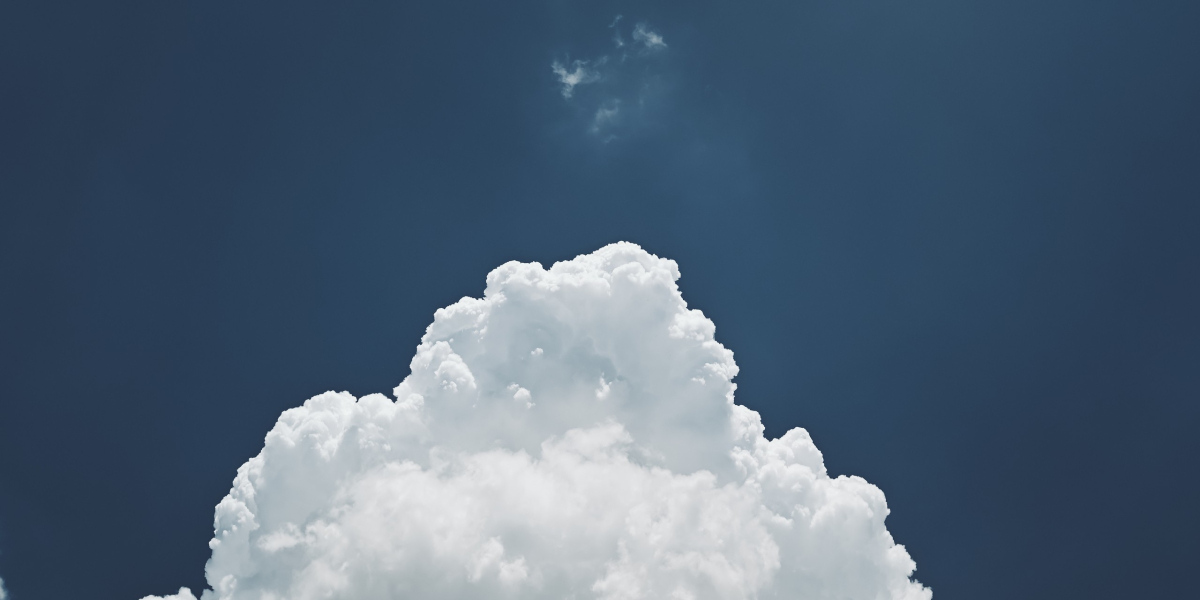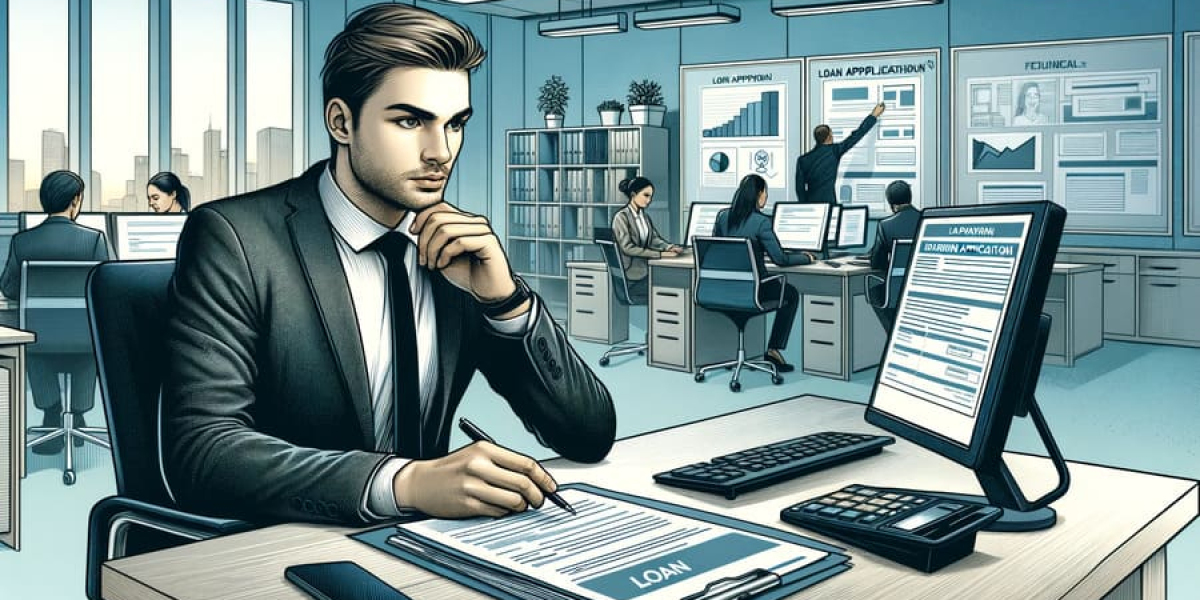Unlock Your Creative Potential: Discover the Ultimate Lighting Gear for Stunning Visuals!
Lighting is the backbone of photography and videography, drastically influencing how visuals are perceived. For creators, mastering the art of lighting can transform ordinary shots into captivating storytelling moments. The right lighting gear not only enhances the aesthetics of a scene but also plays a crucial role in setting the mood and tone, allowing creators to express their vision more effectively. Whether you're an aspiring photographer or a seasoned videographer, understanding the different types of lighting equipment available can unlock your creative potential. In this article, we will explore various lighting solutions that can elevate your work to new heights.

Understanding the Basics of Lighting
To fully grasp the power of lighting in your creative endeavors, it's essential to understand a few fundamental principles. Key concepts such as color temperature, intensity, and direction significantly impact the mood and quality of your images. Color temperature, measured in Kelvin, affects whether your light appears warm (more yellow) or cool (more blue). For instance, daylight is approximately 5600K, while tungsten light is around 3200K. Intensity refers to how bright or dim the light is, which can create dramatic contrasts or soft, ethereal effects. Lastly, the direction of light determines how shadows and highlights interact with your subject, influencing the overall composition. By mastering these elements, you can manipulate light to create stunning visuals that resonate with your audience.
Types of Lighting Equipment
Natural Light
One of the most accessible and beautiful forms of lighting is natural light. Utilizing sunlight can create a soft and flattering look, perfect for portrait and landscape photography. However, working with natural light comes with its own set of challenges, such as the unpredictability of weather and the time of day. To maximize natural light during your shoots, it's beneficial to shoot during the golden hours—shortly after sunrise or before sunset—when the light is warm and diffused. Positioning your subject in the shade can also help to avoid harsh shadows and overexposed highlights. I remember a friend of mine who captured stunning outdoor portraits using just the afternoon sun peeking through the trees, creating an enchanting glow that enhanced the overall atmosphere of the shoot.
Continuous Lighting
Continuous lighting options, such as LED panels and softboxes, are incredibly versatile and can significantly benefit creators in various settings. These lights provide a constant source of illumination, allowing you to see how shadows and highlights fall in real-time. LED panels are particularly popular for their portability and energy efficiency, making them ideal for both studio and on-location shoots. Softboxes diffuse the light, creating a soft and flattering effect that minimizes harsh shadows, perfect for portrait work. One of my friends recently transitioned to continuous lighting for her video projects, and she noted how much easier it was to control the lighting environment, giving her the freedom to focus on her creative vision without worrying about the technical aspects as much.
Flash and Strobe Lighting
Flash and strobe lights are powerful tools for creating dramatic effects in photography. These lights emit a brief, intense burst of illumination, making them excellent for freezing motion and enhancing the details in your images. Strobe lighting is particularly beneficial in situations where you want to capture fast-moving subjects, such as in sports or wildlife photography. Additionally, flash can be used creatively to create high-contrast images or to fill in shadows during daylight shoots. A fellow photographer once shared his experience of using strobe lights during a wedding shoot, which allowed him to capture beautifully lit portraits even in low-light situations, ensuring that every moment was perfectly documented.
Portable Lighting Solutions
For creators on the go, portable lighting solutions are invaluable. Battery-powered lights and compact setups allow you to bring your lighting gear anywhere without the hassle of cumbersome equipment. These portable options are perfect for travel photography, outdoor shoots, or any setting where access to power outlets is limited. Many creators now opt for lightweight LED panels or handheld lights that can provide sufficient illumination without adding extra weight to their gear. I once attended a workshop where the instructor demonstrated a battery-operated LED light during a hiking trip, and it was incredible to see how versatile and effective portable lighting can be in capturing stunning images in remote locations.
Lighting: Key to Creative Storytelling
Lighting is an essential component of any creator's toolkit, influencing the quality and emotional impact of your visuals. By understanding the various types of lighting equipment available—from the natural beauty of sunlight to the versatility of continuous lighting and the dramatic effects of flash—you can enhance your photographic and videographic endeavors. Choosing the right lighting gear not only improves the final output but also empowers you to unleash your creativity and tell compelling stories through your visuals. So, take the time to explore and experiment with different lighting solutions to find what best suits your style and vision.







